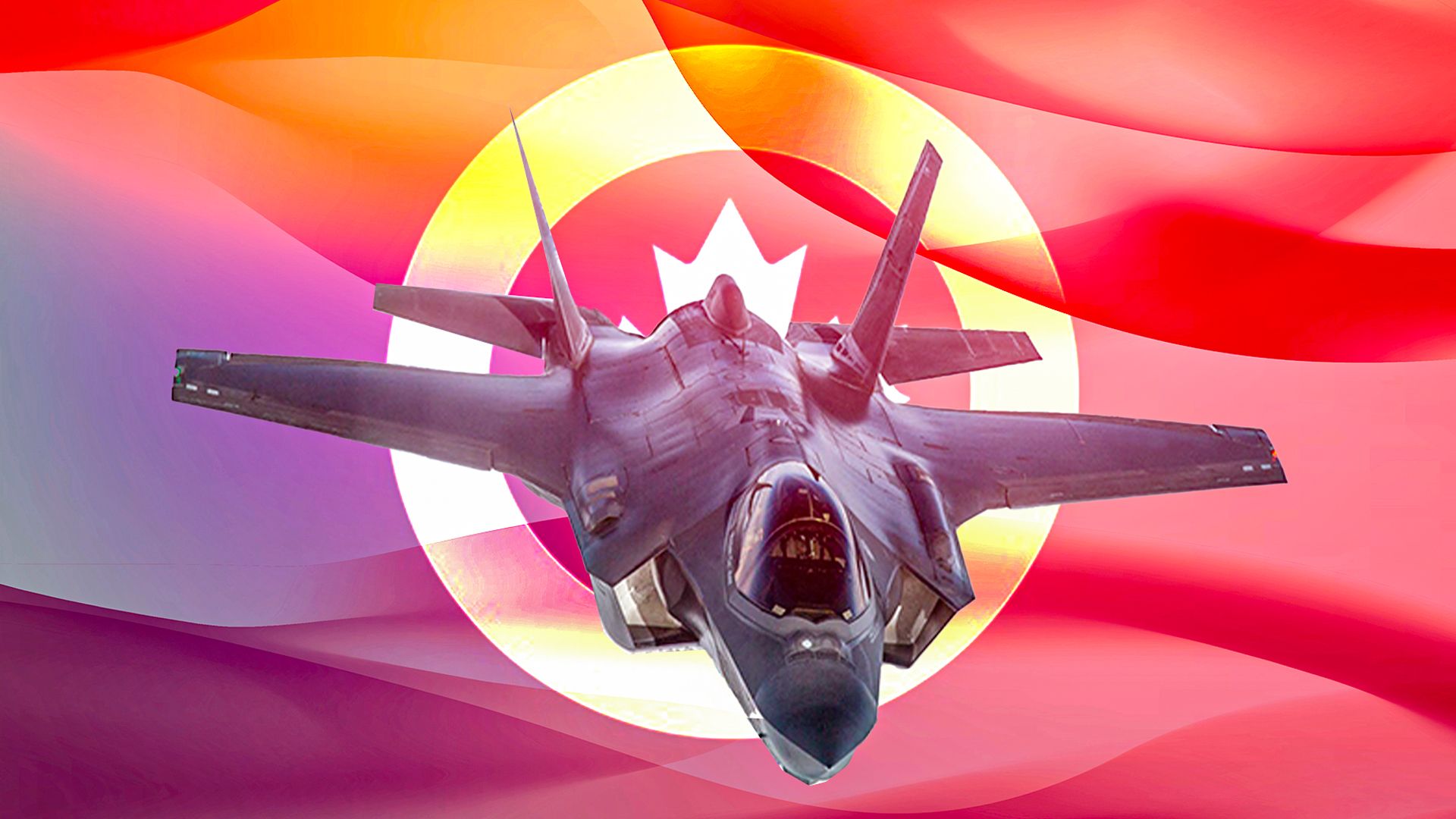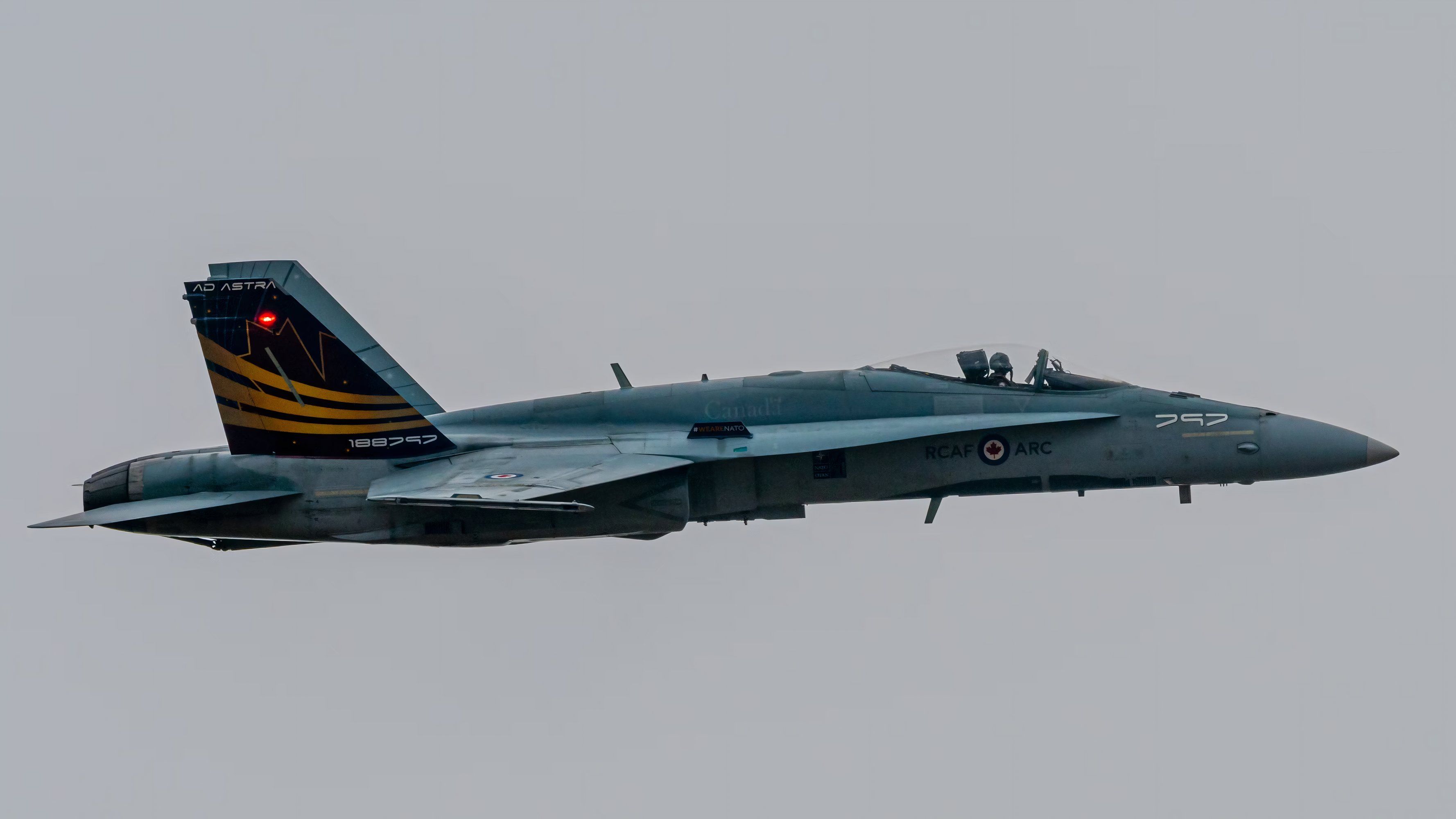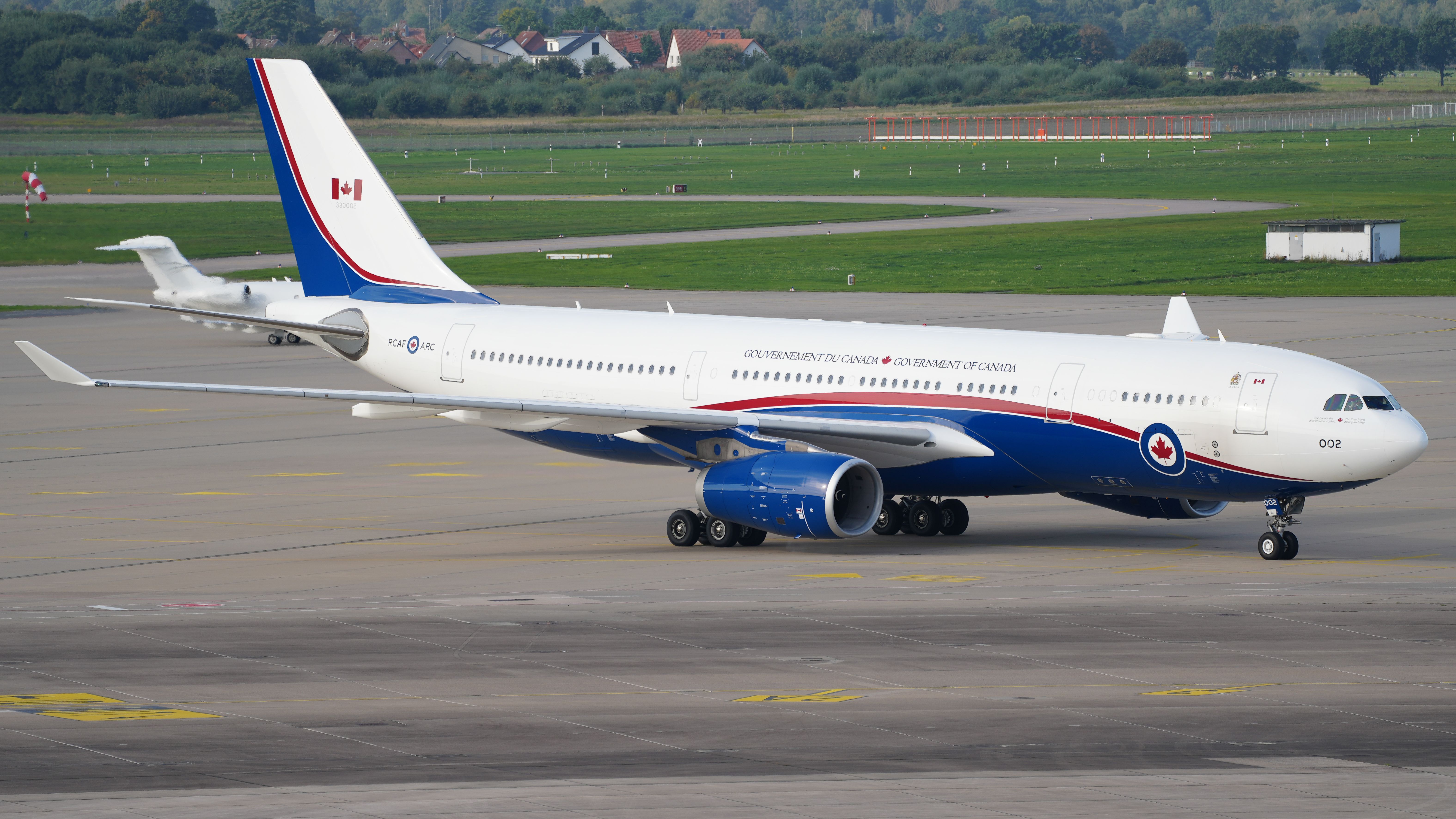Summary
- The Royal Canadian Air Force is crucial in global defense, managing combat-ready fighter jets and supporting NATO initiatives.
- The CF-18 Hornet combat aircraft has seen action in various missions but will be replaced by the next-generation F-35.
- RCAF operates surveillance aircraft, maritime patrol planes, and UAVs, with new Boeing P-8A Poseidon and MQ-9B SkyGuardian drones on the horizon.
The Royal Canadian Air Force (RCAF) commenced operations in its current form in April 1924 and is tasked with providing the Canadian Armed Forces with effective aerial power. The organization’s backbone consists of over 12,000 active-duty personnel, alongside thousands of reserves and civilian support staff, who help manage the operation of over 250 manned aircraft and unmanned aerial vehicles (UAVs).
The RCAF enforces airspace security, supports the Royal Canadian Navy and the Canadian Army in dozens of capacities, and collaborates with the United States Air Force through NORAD to protect the skies over North America. The organization has played a major role in multiple global conflicts, including UN peacekeeping missions and NATO interventions.
Today, the RCAF plays a unique role in the global defense landscape, managing hundreds of combat-ready fighter jets that can be prepared to support NATO defense initiatives in hours. In this article, we will explore the impressive capabilities of the Royal Canadian Air Force.
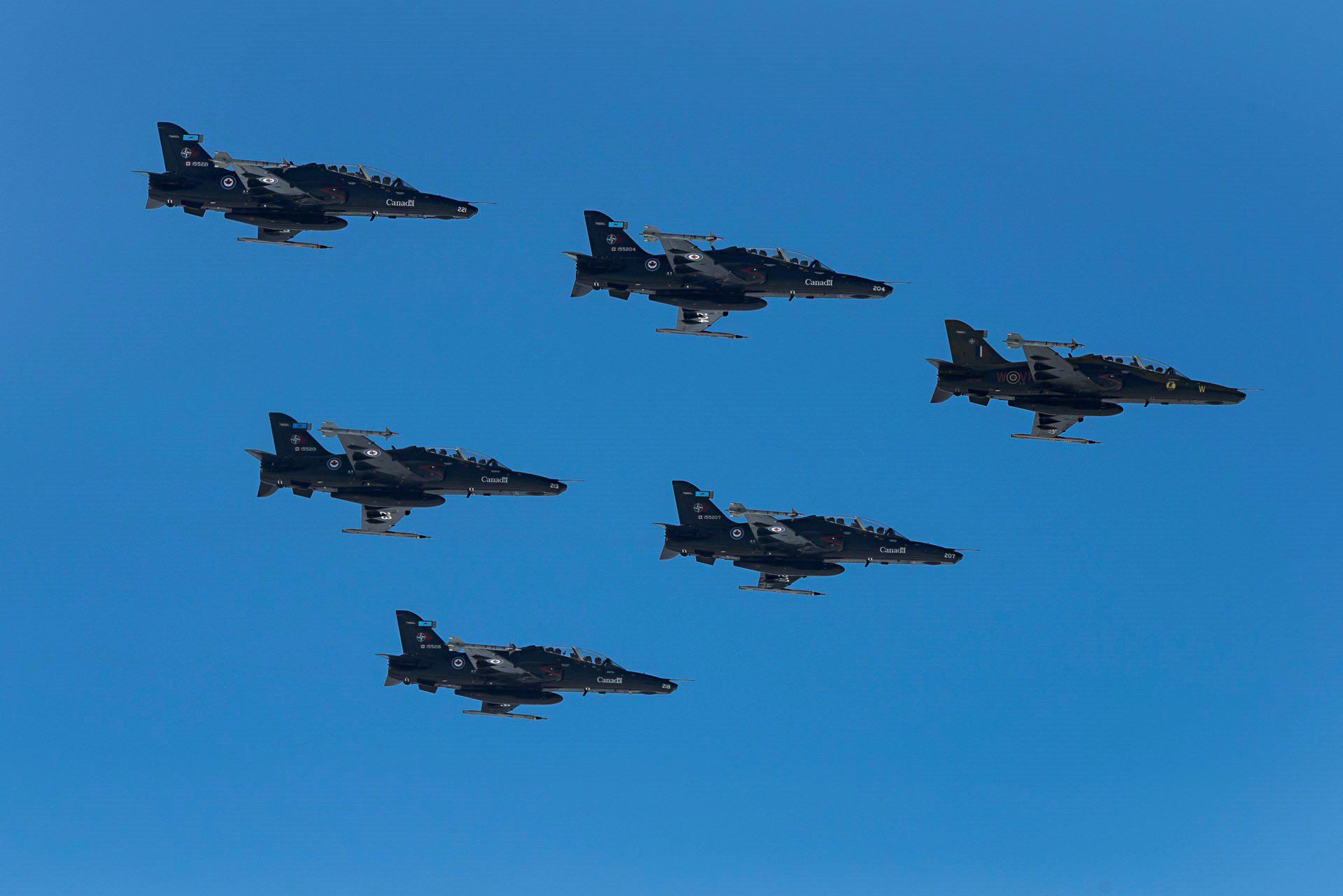
Related
Royal Canadian Air Force Unable To Train Pilots After CT-155 Hawk Retirement
It has not identified a replacement trainer aircraft, but its pilots will still train with NATO.
Combat aircraft
Combat aircraft are the backbone of any air force, as they are directly involved in aerial warfare in both offensive and defensive roles. For the current Royal Canadian Air Force, this means the McDonnell Douglas CF-18 Hornet, a specially modified variant of the popular multirole combat fighter produced for the United States Armed Forces, the F/A-18 Hornet.
Currently, the organization maintains 80 operational CF-18 aircraft split between 72 CF-18A and 31 CF-18B variants out of an original order of over 130 jets. In 1980, this modified F/A-18 was selected as the winner of a defense competition that asked for bids from multiple manufacturers dubbed the New Fighter Aircraft Project. Once selected as the winner, manufacturer McDonnell Douglas began delivering the CF-18 jets in 1982.
Photo: Joe Kunzler | Simple Flying
The RCAF’s CF-18s have supported the North American Aerospace Defense Command (NORAD) for decades, performing air superiority patrols over the continent. The plane also saw action in the Persian Gulf War of 1991, the NATO intervention in the Balkans in the late 1990s, and as part of NATO’s enforcement of a no-fly zone over Libya in 2011.
The aircraft has even seen combat as a Canadian contribution to military intervention against Islamic State militants in recent years. CF-18 Hornets offer the following performance specifications:
|
Category: |
CF-18 specification: |
|---|---|
|
Maximum takeoff weight (MTOW): |
51,550 pounds |
|
Maximum speed: |
1,127 miles per hour (Mach 1.8) |
|
Combat range: |
290 nautical miles |
|
Service ceiling: |
50,000 feet |
The aircraft can also carry an impressive array of armaments in multiple configurations, depending on whether missions primarily require air-to-air or air-to-ground weaponry. The plane can be equipped with bombs, air-to-air missiles, and rockets alongside a capable M61 Vulcan cannon.
But the future of the RCAF’s combat capabilities does not lie with the decades-old CF-18, as all 80 in service are scheduled for retirement within the coming years. According to CTV News, the Canadian government has placed a $7 billion order for 88 aircraft, the first scheduled to enter service by 2026.
The F-35, a next-generation strike fighter, will offer the RCAF an impressive array of new combat capabilities. Furthermore, the jet will be the organization’s first multirole stealth fighter.
Maritime patrol, surveillance, and UAVs
Despite not being actively involved in combat operations, the RCAF does operate several aircraft that play an important role in supporting the nation’s military in various capacities. The backbone of the nation’s reconnaissance fleet includes a handful of heavily modified Beechcraft King Air 350ER jets, which have been given the military designation CE-145C Vigilance.
Other crucial elements of the RCAF’s surveillance capabilities include an American-built maritime patrol aircraft, the Lockheed CP-140 Aurora. This plane, named after the Greco-Roman goddess of the dawn, mounts the electronics suite of the Lockheed S-3 Viking onto the airframe of a Lockheed P-3 Orion, a surveillance aircraft built on the platform of the Lockheed L-188 Electra commercial airliners.
According to the Canadian government, the CP-140 will soon be replaced by a new Boeing P-8A Poseidon aircraft fleet. Based on the 737-800 airliner, this jet will offer some improvements over its predecessor. The RCAF also operates the following three different unmanned aerial vehicles (UAVs):
- IAI Heron
- RQ-21 BlackJack
- UMS Skeldar V-200
These aircraft perform intelligence, surveillance, and reconnaissance (ISR) and help support the organization’s other patrol aircraft. The RCAF is also set to receive a new fleet of MQ-9B SkyGuardian drones, with deliveries starting in 2028.
Transport, trainers, and choppers
The only aircraft operated by the RCAF yet to be discussed include transport planes, pilot trainers and multipurpose helicopters. For starters, the organization’s airlifting capabilities are provided by all the following fixed-wing aircraft:
- Lockheed C-130 Hercules
- Lockheed C-130 Super Hercules
- de Havilland CC-138 Twin Otter
- CC-144 Challenger (modified Bombardier Challenger 400)
- CC-150 Polaris (modified Airbus A310)
- Airbus C295
- Boeing C-17 Globemaster III
- CC-330 Husky (modified Airbus A330)
Furthermore, RCAF relies on several helicopters to perform transport, anti-submarine warfare, and search-and-rescue (SAR) missions. Details of all the following are available in the following table:
|
Helicopter: |
Number in RCAF inventory: |
Primary purpose: |
|---|---|---|
|
Bell 206 |
13 |
Trainer |
|
CH-146 Griffon |
85 |
Transport/SAR |
|
CH-147 Chinook |
14 |
Transport |
|
CH-148 Cyclone |
25 |
Anti-submarine warfare |
|
CH-149 Cormorant |
13 |
SAR |
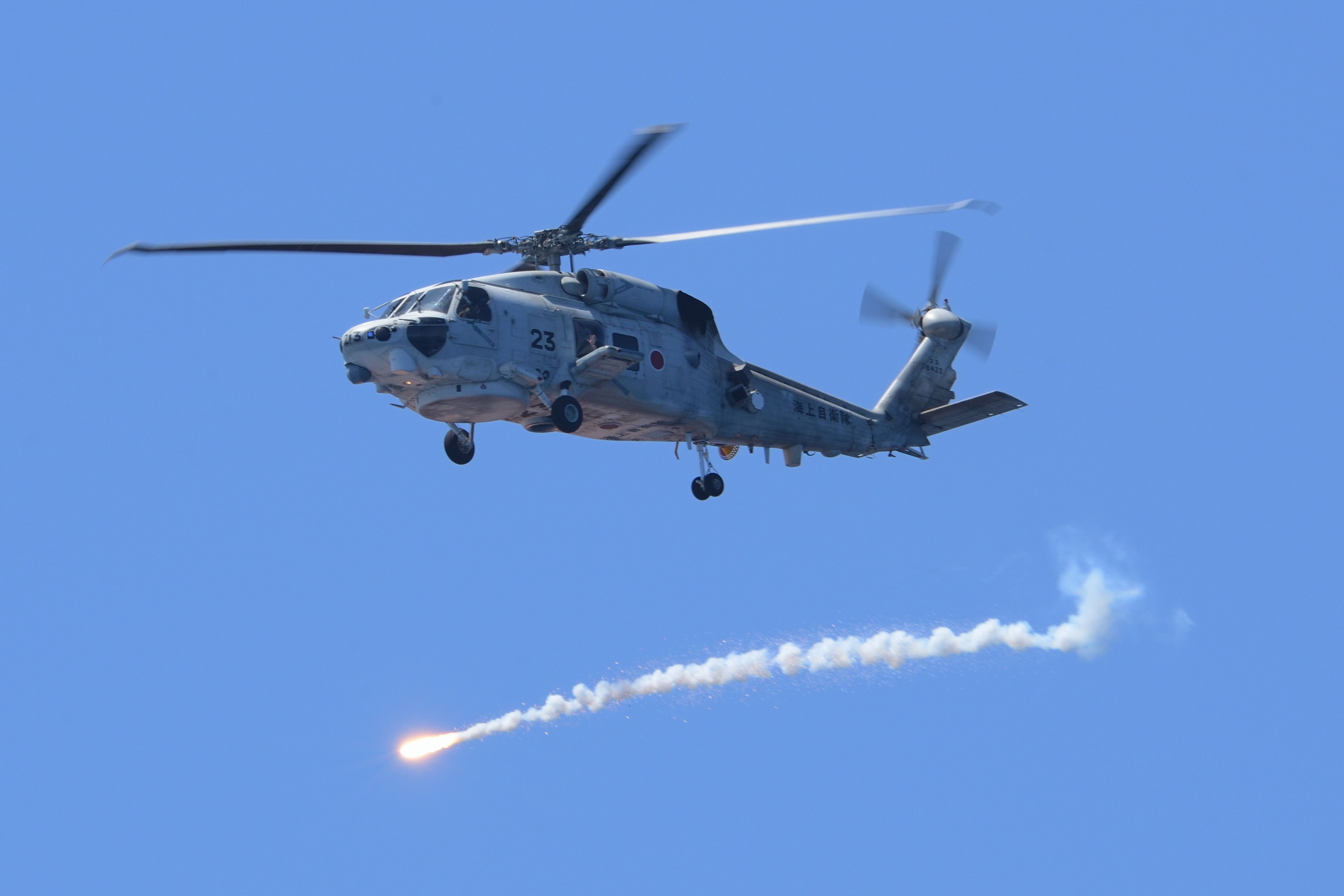
Related
Officials On Crash Of 2 SH-60K Helicopters In Japan: FDRs Show No Technical Faults
FDR examination indicates that pilot error, rather than mechanical failure, was the likely cause of the fatal crash of two Japanese Navy choppers.
The final piece of the organization’s operational inventory is the RCAF’s trainers, which are used to assist in new pilot training. These include the following aircraft:
- CT-114 Tutor
- CT-142 Dash 8
- CT-156 Harvard II
- Dassault/Dornier Alpha Jet
- Grob G 120
Which RCAF aircraft type is your favorite? Let us know in the comments below!

